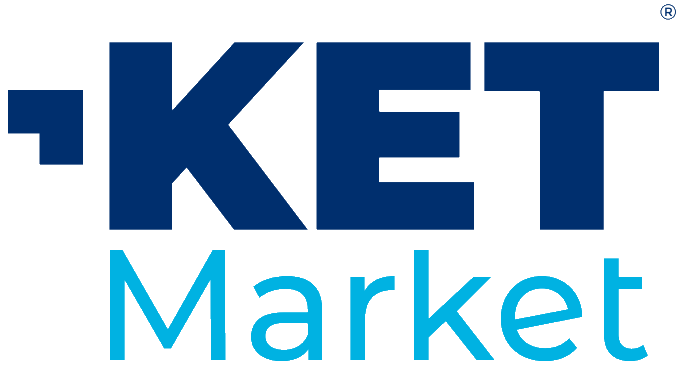Result description
Microbial consortia optimized for specific contaminants and technologies. The corresponding bioremediation technologies applied are Ecopiles (Soil/sediments) and Phytoremediation (Water). Target pollutants for each one of the bioremediation techniques are potentially toxic metals and metalloids (Pb. Zn, Cd, Cu) tested with Phytoremediation, and TPH, PAHs, and PCBs tested in Ecopiles.
This Key Exploitation Results aims to enhance current bioremediation processes by dealing with complex mixtures and different environments. The consortia will effectively degrade TPH of various compositions, under different environmental conditions and soil types. They will be fully characterized in relation to their microbial composition, functionality, human and environmental biosafety, and persistence in the environment. The efficacy will be validated by multiple partners and tested under various contaminate concentrations, environmental conditions, and soil types.
The current Technology Readiness Level is at 3-4. However, the key Exploitable Result is expected to reach a 6-7 for prototype demonstration and validation in a desired environment.
It will contribute to improving the efficiencies and reliability of phytoremediation technologies and reduce the costs (20-30%) compared traditional methods of soil treatment.
Addressing target audiences and expressing needs
- To raise awareness and possibly influence policy
- Help in technical expertise
The exploitation route proposed in the short run is to sell the license to engineering/bioremediation companies, the main target user of the KER. Additionally, certain ownership IP rights detailed for the microbial consortia in section 5 could be transferred to other partners in the consortium for further research or sold to third parties, under specific IP owners consent and agreement.
We need to raise awareness about this result and boost collaboration from public institutions.
- EU and Member State Policy-makers
- International Organisations (ex. OECD, FAO, UN, etc.)
- Research and Technology Organisations
R&D, Technology and Innovation aspects
Subsequently, the time to market envisioned by the consortium should be relatively short (3-5 years) as the microbial consortia should be fully characterized and field tested by the end of the project. Optimization of large commercial consortia production is outside of the remit of the GREENER project and may take 1-2 years of further R&D.
The exploitation route proposed in the short run is to sell the license to engineering/bioremediation companies, the main target user of the KER. Additionally, certain ownership IP rights detailed for the microbial consortia in section 5 could be transferred to other partners in the consortium for further research or sold to third parties, under specific IP owners consent and agreement.
Result submitted to Horizon Results Platform by INSTITUTE OF TECHNOLOGY CARLOW

